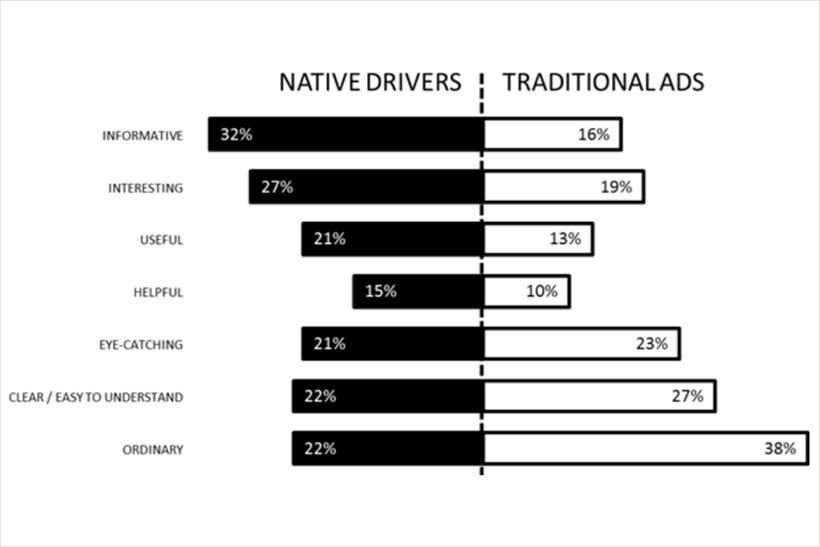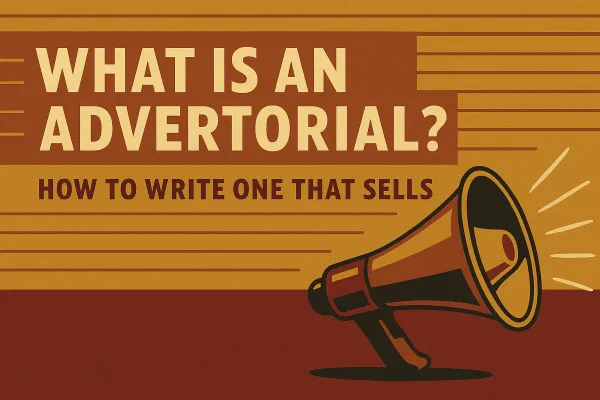
 Details
Details
A new report released by The Association of Online Publishers (AOP) states the power of native advertising by concluding that nearly two-thirds (59%) of consumers find native advertising interesting and informative and a third are more likely to trust it than traditional advertising.
 The study was conducted by Tapestry Research and combines the results of a quantitative online survey of 1,500 respondents with 10 qualitative interviews. Six advertising campaigns were shown to participants across five premium content websites including Marie Claire, The Huffington Post, Trinity Mirror, The Week, and BBC Good Food, under a distracted exposure technique.
The study was conducted by Tapestry Research and combines the results of a quantitative online survey of 1,500 respondents with 10 qualitative interviews. Six advertising campaigns were shown to participants across five premium content websites including Marie Claire, The Huffington Post, Trinity Mirror, The Week, and BBC Good Food, under a distracted exposure technique.
The report is called 'The Power of Native' and it reveals a number of key findings around this highly publicised emerging advertising format. It includes consumer attitudes towards native advertising on premium content websites and the impact of native ads on key brand metrics.
Greater levels of trust
When compared to traditional advertising, native advertising was found to be more informative (32 % compared to 16 %), more interesting (27 % versus 19 %), more useful (21 % versus 13 %) and more helpful (15 % compared to 10 %).
However, native advertising was also perceived to be less eye-catching (21 % versus 23 %) and less easy to understand (23 % compared to 27 %).
Other key insights from the research show that native adverts garner greater levels of trust among consumers with a third (33%) more likely to trust native advertising than traditional advertising, and that clicking on a native ad driver on a premium content website has greater impact than clicking via Facebook.
Tim Cain, Head of Research, AOP commented on the results:
“Native is one of the biggest topics in digital publishing right now. This study is a significant piece of research into the power of native advertising, and provides best practice for publishers and advertisers to make their native adverts work harder. The study is extensive, but one key takeaway from the findings is that advertisers should be mindful of taking ‘the hard sell’ – if native advertising is too direct it can damage positive brand messaging.”


